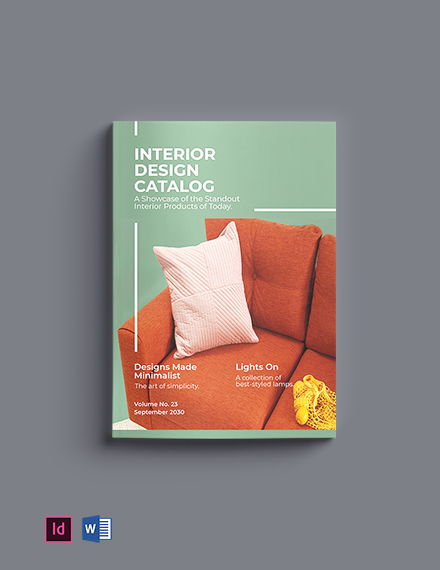

If you would like to, select a Table Style.
 Select as many Body Rows, Columns, Header Rows, and Footer Rows as you want your Table to have. In the drop-down Menu, click Create Table. Click Table at the top of your InDesign workspace. Once you have clicked “ OK”, click anywhere on your document and the Table will appear. The Create Table Option creates a text frame in your InDesign Document and places a new table into that frame.Ĭlicking Table on the top Toolbar of InDesign and then clicking Create Table in the drop-down menu will open up the Create Table dialogue, which comes with 4 quantitative options and a style option: There are three main ways to create a Table in InDesign. Tables are one of the many available panels in Adobe InDesign.įor more on tables in InDesign we cover them during our InDesign training courses. This guide will show you how to create and edit tables in a number of ways both in the body of your document and in the header / footer. Those of us who are involved in printing or in publishing need to know how to create and manage tables in InDesign. We are all familiar with Tables from common applications such as Microsoft Word or Excel. After that, I handed it off to the design team, who made it look beautiful!įrom Google Docs to InDes. In this way, I turned each chapter into a text file that could be easily placed into an InDesign file. Something like Figure-01-01.png is much more pleasant than GOHacks_Documents_Linked_ The program had to keep track of figures, number them as it went, and rename the files to something that Make's production crew would find easier to work with than the defaults. Without going into the gory details, the hard part was to set up a SAX parser whose events were triggered as bits of the HTML document were encountered. Just authenticate with a Google login (it prompts the user interactively for the password) and specify a DocId (which you can find in the URL of the Google document):Īfter that, I fed the document into the tidy processor and stored the text in a Perl variable. For this, I wrote a simple module ( GDoc.pm) that could authenticate itself to Google and request a zipped Google document, which includes the HTML file and images. The first trick was getting the HTML files out of Google Docs. I'm sure there are dozens of better ways to do it, but this had the advantage of being quick and familiar for me to work with. Most of my XML programming knowledge is frozen in time, so I turned to a couple of trusty tools that I was familiar with: tidy, for making sure that the HTML I got out of Google was proper HTML, and Perl's XML::SAX module, which I used to traverse the document and crank out the InDesign Tagged Text format as I went.
Select as many Body Rows, Columns, Header Rows, and Footer Rows as you want your Table to have. In the drop-down Menu, click Create Table. Click Table at the top of your InDesign workspace. Once you have clicked “ OK”, click anywhere on your document and the Table will appear. The Create Table Option creates a text frame in your InDesign Document and places a new table into that frame.Ĭlicking Table on the top Toolbar of InDesign and then clicking Create Table in the drop-down menu will open up the Create Table dialogue, which comes with 4 quantitative options and a style option: There are three main ways to create a Table in InDesign. Tables are one of the many available panels in Adobe InDesign.įor more on tables in InDesign we cover them during our InDesign training courses. This guide will show you how to create and edit tables in a number of ways both in the body of your document and in the header / footer. Those of us who are involved in printing or in publishing need to know how to create and manage tables in InDesign. We are all familiar with Tables from common applications such as Microsoft Word or Excel. After that, I handed it off to the design team, who made it look beautiful!įrom Google Docs to InDes. In this way, I turned each chapter into a text file that could be easily placed into an InDesign file. Something like Figure-01-01.png is much more pleasant than GOHacks_Documents_Linked_ The program had to keep track of figures, number them as it went, and rename the files to something that Make's production crew would find easier to work with than the defaults. Without going into the gory details, the hard part was to set up a SAX parser whose events were triggered as bits of the HTML document were encountered. Just authenticate with a Google login (it prompts the user interactively for the password) and specify a DocId (which you can find in the URL of the Google document):Īfter that, I fed the document into the tidy processor and stored the text in a Perl variable. For this, I wrote a simple module ( GDoc.pm) that could authenticate itself to Google and request a zipped Google document, which includes the HTML file and images. The first trick was getting the HTML files out of Google Docs. I'm sure there are dozens of better ways to do it, but this had the advantage of being quick and familiar for me to work with. Most of my XML programming knowledge is frozen in time, so I turned to a couple of trusty tools that I was familiar with: tidy, for making sure that the HTML I got out of Google was proper HTML, and Perl's XML::SAX module, which I used to traverse the document and crank out the InDesign Tagged Text format as I went. 
To copy snippets and jot down thoughts while










